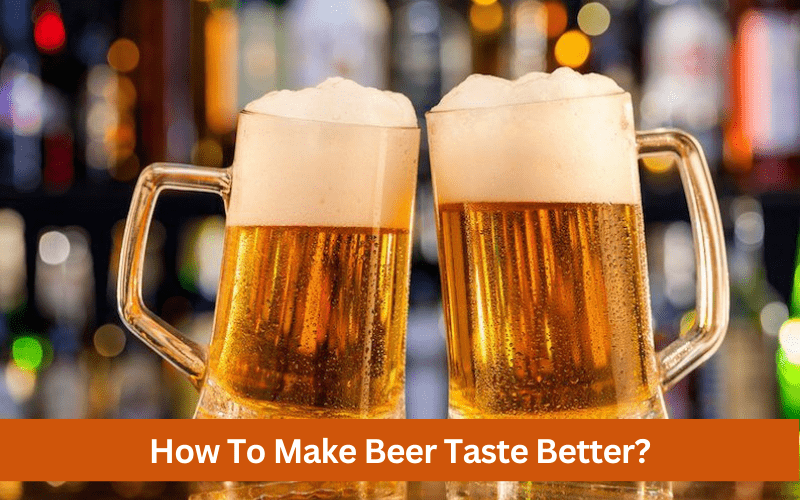There’s nothing quite like cracking open a cold beer after a long day at work. But have you ever taken a sip and thought, “This just doesn’t taste quite right?”. As a beer enthusiast, I know how disappointing it can be to have a subpar drinking experience. That’s why I’ve made it my mission to learn how to make beer taste better. Through experimentation and research, I’ve discovered a variety of tips and tricks that can enhance the flavor of your brews and take your drinking experience to the next level. In this article, I’m going to share everything I’ve learned about how to make beer taste better, so take a drink and we’ll get started.
Can You Make Beer Taste Better?
Yes, you can make beer taste better by paying attention to the brewing process, selecting high-quality ingredients, understanding beer flavor, and properly conditioning and serving your beer. By following these steps, you can enhance the flavor and aroma of your beer and create a unique and delicious brew.
Understanding Beer Flavor
Beer is an ancient beverage that has been enjoyed for centuries. It’s a complex drink that offers a wide range of flavors, aromas, and textures. Understanding beer flavor is essential for anyone who wants to make or appreciate good beer. In this section, we’ll discuss the four primary taste components of beer, the importance of aroma, and the role of mouthfeel.
The four primary taste components of beer
Beer is known for its bitter taste, but it’s not the only taste component in beer. There are four primary taste components of beer: sweet, sour, bitter, and salty. These four tastes interact with each other to create a unique flavor profile for each beer.
- Sweetness: Sweetness comes from the malt used in brewing beer. The longer the malt is roasted, the less sweet it becomes. Sweetness is also affected by the type of yeast used in brewing.
- Sourness: Sourness comes from the acid produced during the fermentation process. Sourness can also come from the addition of sour fruits, such as cherries or raspberries.
- Bitterness: Bitterness comes from the hops used in brewing beer. Hops are added to beer to balance the sweetness and add flavor. The longer the hops are boiled, the more bitter they become.
- Saltiness: Saltiness is not a common taste component in beer, but it can be found in some beer styles, such as Gose. Salt is added to Gose to balance the sourness.
The importance of aroma
Aroma is an important component of beer flavor. The aroma of beer is created by the volatile compounds released during the brewing process. The aroma can be affected by the type of hops used, the yeast strain, and the brewing process. Aroma is also affected by the temperature at which the beer is served. The colder the beer, the less aroma it will have.
The role of mouthfeel
Mouthfeel refers to the texture of beer in your mouth. It can be described as creamy, smooth, or thin. Mouthfeel is affected by the carbonation level of the beer, the type of malt used, and the brewing process. The carbonation level can affect the perceived bitterness of the beer. A high carbonation level can make the beer feel more bitter, while a low carbonation level can make it feel smoother.
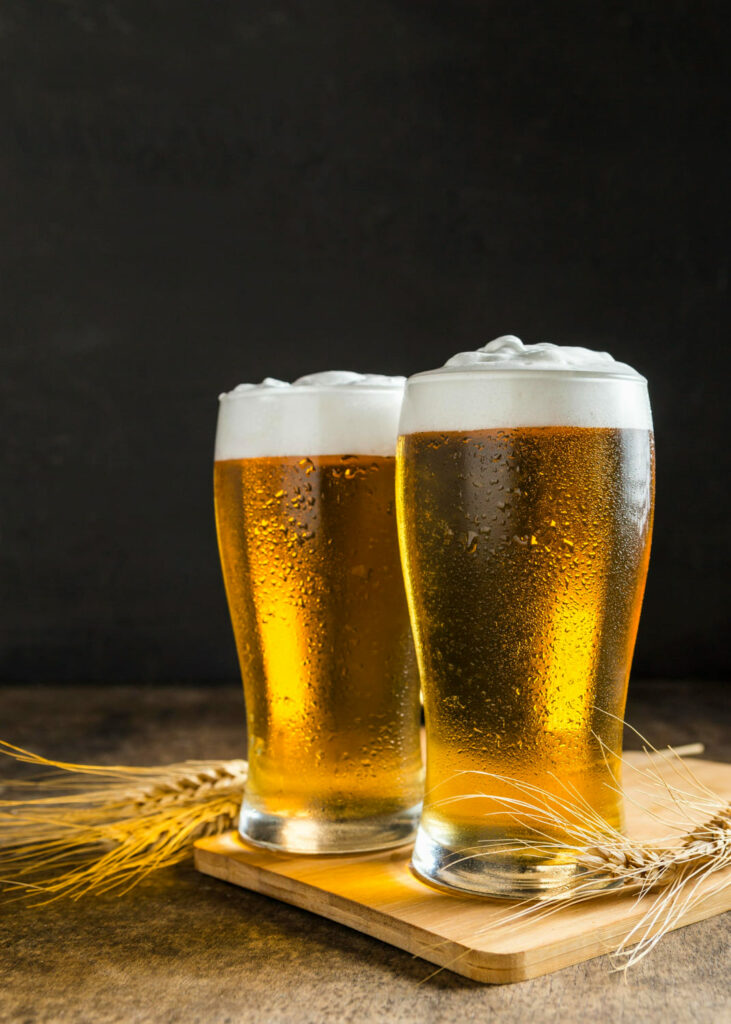
Selecting the Right Ingredients
The ingredients used in brewing beer have a significant impact on the final flavor of the beer. Quality over quantity is key when selecting ingredients for your brew. In this section, we’ll discuss why ingredient selection matters, and how to choose the right malt, hops, and yeast.
Quality over quantity: why ingredient selection matters
Using high-quality ingredients can make a huge difference in the final flavor of your beer. Cheap or old ingredients can negatively impact the flavor, while fresh, high-quality ingredients can help to enhance the flavor. It’s important to choose ingredients that are appropriate for the beer style you want to brew.
Choosing the right malt
Malt is a key ingredient in beer, and it’s responsible for the beer’s color, sweetness, and body. There are many different types of malt available, and each has a unique flavor profile. Lighter malts tend to be sweeter, while darker malts are more bitter. It’s important to choose the right malt for the beer style you want to brew.
Finding the perfect hops
Hops are another key ingredient in beer, and they’re responsible for the beer’s bitterness and aroma. There are many different types of hops available, and each has a unique flavor profile. Some hops are more bitter, while others are more floral or citrusy. It’s important to choose the right hops for the beer style you want to brew.
Understanding yeast
Yeast is responsible for the fermentation process that turns sugar into alcohol. Different strains of yeast can produce different flavors in the beer. Some yeast strains produce fruity flavors, while others produce spicy or earthy flavors. It’s important to choose the right yeast for the beer style you want to brew.
What is Conditioning and How It Affects Taste
Conditioning is the process of allowing the beer to mature and mellow after fermentation is complete. Here are some ways that conditioning can affect the taste of your beer:
- Smoother flavor: Conditioning allows the flavors of the beer to meld together and create a smoother taste.
- Improved clarity: The yeast will settle during conditioning, which can improve the clarity of the beer.
- Enhanced aroma: The aroma of the beer can improve during conditioning, as the flavors meld together.
- Better mouthfeel: Conditioning can improve the body and mouthfeel of the beer, making it feel smoother and creamier.
- Reduced off-flavors: Conditioning can help to reduce off-flavors that may have developed during fermentation, making the beer taste cleaner and crisper.
Bottle or keg? Pros and cons
There are two main methods for conditioning and serving beer: bottling and kegging. Bottling involves adding priming sugar to the beer and bottling it to carbonate naturally. Kegging involves force carbonating the beer in a keg with carbon dioxide. Both methods have their pros and cons.
Bottling
- Pros: Easy to store and transport, can be aged for longer periods of time
- Cons: Requires more equipment and time, can be prone to bottle bombs if over-carbonated
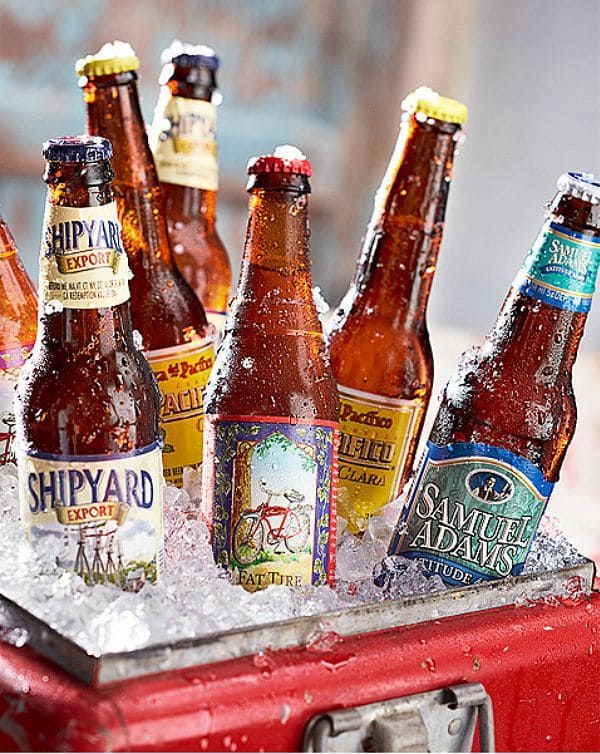
Kegging
- Pros: Quick and easy to carbonate, less prone to oxidation
- Cons: More expensive equipment, requires more space for storage, can’t be aged for long periods of time
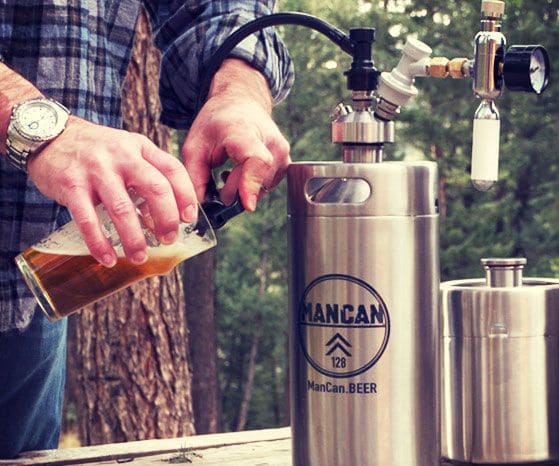
How long to condition your beer?
The length of time to condition your beer depends on the beer style and personal preference. Generally, ales require 1-2 weeks of conditioning time, while lagers require 4-6 weeks.
High alcohol or complex beers may require even longer conditioning times. It’s important to taste the beer periodically to determine when it has reached the desired level of flavor and carbonation.
Improving Beer Taste at Home: The Brewing Process
If you’re looking to how to make beer taste better at home, one of the best places to start is with the brewing process. From temperature control to fermentation, there are several key factors that can make a big difference in the flavor of your beer. Here’s a step-by-step brewing process for you to make your beer taste better.
Brewing beer at home can be a fun and rewarding hobby. While the process can be complex, it can be broken down into several simple steps. Here’s a step-by-step guide to brewing beer at home:
- Gather your equipment and ingredients: You’ll need a few basic pieces of equipment, including a brewing kettle, fermenting vessel, airlock, thermometer, and hydrometer. You’ll also need ingredients like malted grains, hops, and yeast.
- Mash the grains: Heat water in your brewing kettle to the appropriate temperature and add your crushed malted grains. Stir the mixture to create a porridge-like consistency, and let it rest for about an hour to allow the starches to convert to sugars.
- Boil the wort: Remove the grains and bring the liquid, called wort, to a boil. Add hops at various times during the boil to add bitterness and flavor.
- Cool the wort: Once the boil is complete, you’ll need to cool the wort down to the appropriate temperature for fermentation. You can do this by placing the kettle in an ice bath or using a wort chiller.
- Transfer the wort to a fermenting vessel: Once the wort is cooled, transfer it to a fermenting vessel. Add yeast to the wort and seal the vessel with an airlock.
- Ferment the beer: Let the beer ferment for several days to several weeks, depending on the recipe and desired flavor profile. During this time, the yeast will consume the sugars in the wort and produce alcohol and carbon dioxide.
- Condition the beer: Once fermentation is complete, you’ll need to condition the beer to improve the flavor and clarity. This can be done by transferring the beer to a secondary fermenter or letting it condition in the same fermenter for a few more weeks.
- Carbonate the beer: Finally, you’ll need to carbonate the beer. This can be done naturally through bottle conditioning or artificially through force carbonation.
- Enjoy your beer: Once the beer is carbonated, it’s ready to be enjoyed. Chill the beer to the appropriate temperature, pour it into a glass, and savor the taste of your homemade brew.
In short, brewing beer at home can be a fun and rewarding hobby. By following these simple steps, you can create a delicious and unique beer that you can share with friends and family.
How to Make Beer Taste Good: Experiment with Flavors
Experimenting with flavors is another way to make beer taste better. Here are 13 ingredients you can try adding to your beer to enhance its flavor:
Citrus
Adding citrus fruits like lemon or lime to your beer can give it a refreshing, tangy flavor. This works particularly well with light, crisp beers like pilsners or wheat beers.
Soda
Mixing your beer with soda, like lemon-lime or cola, can create a sweet, bubbly drink that’s perfect for summer days.
Campari
Campari is a bitter Italian liqueur that can add complexity and depth to your beer. It’s particularly well-suited for adding to darker beers like stouts or porters.
Margarita mix
Adding margarita mix to your beer can give it a tangy, refreshing flavor with a hint of tequila.
Fruits
Fresh or frozen fruits like berries, peaches, or pineapple can add a sweet, fruity flavor to your beer. This works particularly well with sour beers like lambics or goses.
Frozen berries
Muddling frozen berries and adding them to your beer can give it a fruity flavor and a slushie-like consistency.
Apple juice
Mixing apple juice with your beer can create a sweet, cider-like drink that’s perfect for fall.
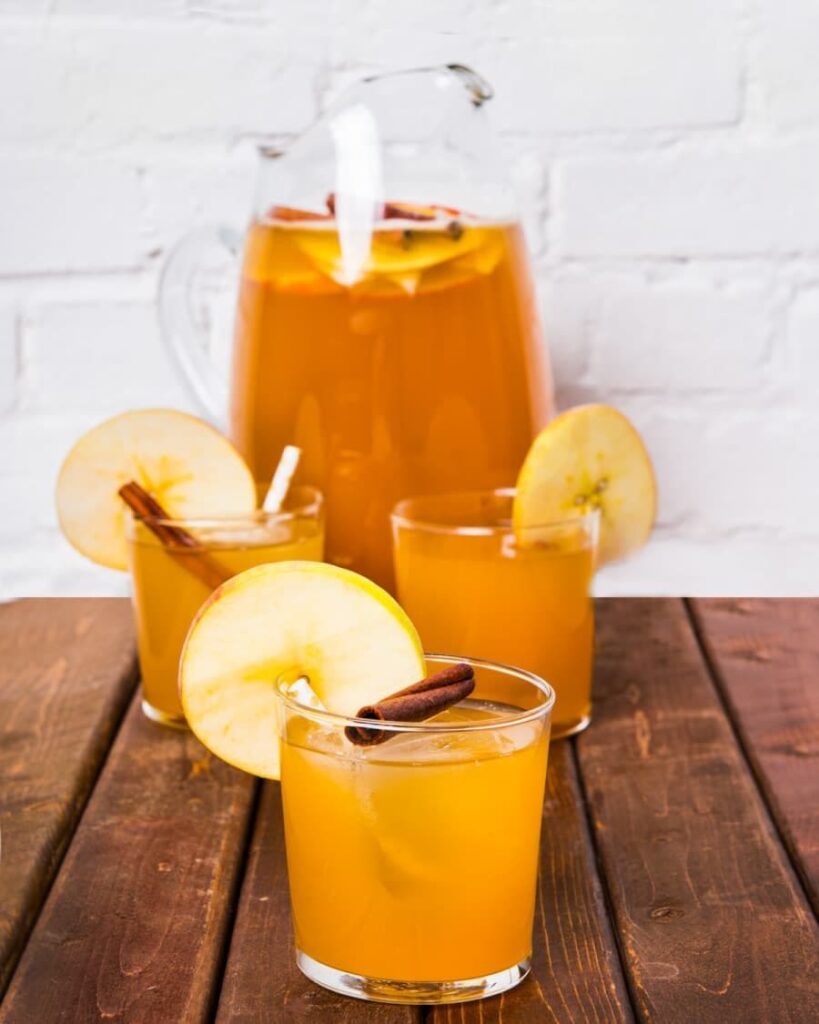
Tomato juice
Mixing tomato juice with your beer can create a savory, spicy drink that’s perfect for brunch.
Bitters
Adding bitters like Angostura or Peychaud’s to your beer can give it a complex, herbal flavor.
Simple syrup
Mixing simple syrup with your beer can create a sweet, syrupy drink that’s perfect for desserts.
Salt
Adding a pinch of salt to your beer can enhance the flavor and bring out the sweetness of the malt.
Creamer
Adding creamer, like vanilla or hazelnut, to your beer can create a sweet, creamy drink that’s perfect for after-dinner sipping.
Liqueurs and liquors
Adding liqueurs or liquors, like amaretto or whiskey, to your beer can give it a complex, boozy flavor.
In conclusion, experimenting with different flavors is a fun and creative way to make your beer taste better. From citrus to liqueurs, there are many ingredients you can add to enhance the flavor and create a unique brew. Be creative and have fun exploring different flavor combinations!
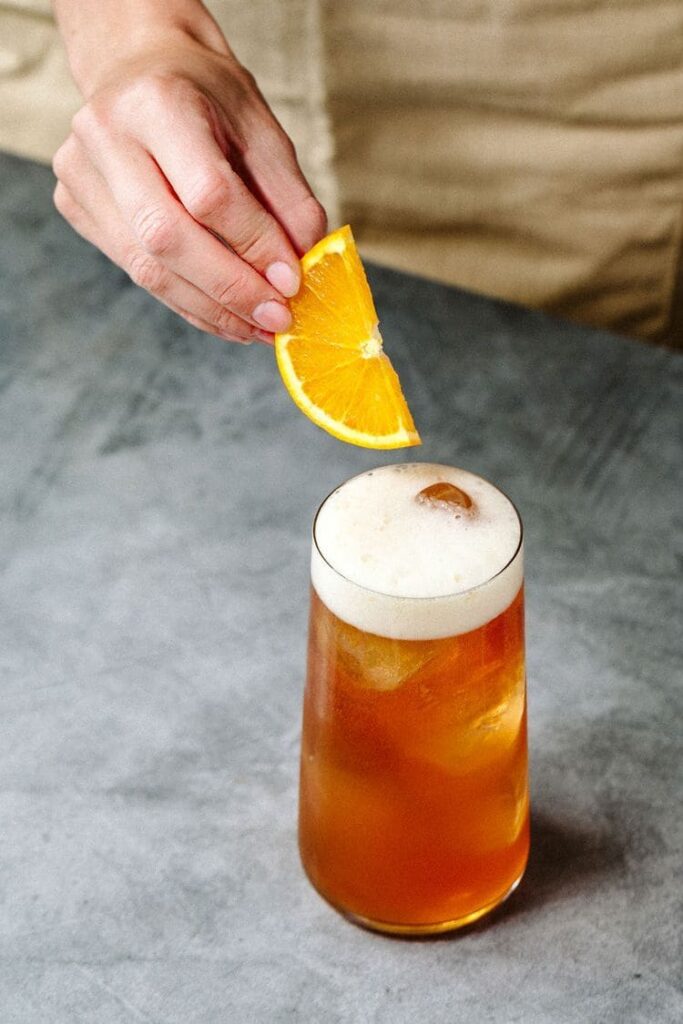
How to Make Beer Taste Better: Proper Serving Techniques
Proper serving techniques are an essential aspect of making beer taste better. From glassware selection to pairing beer with food, there are several ways to enhance the flavor and aroma of your beer.
Glassware selection
Choosing the right glassware can enhance the flavor and aroma of your beer. Different beer styles require different glassware to properly release their aromas and flavors. For example, a tulip glass is ideal for Belgian-style beers, while a pint glass is best for IPAs. A proper glass can also help maintain the beer’s temperature and carbonation.
Proper pouring techniques
Pouring beer properly can also enhance its flavor and aroma. Here are some tips for proper pouring:
- Tilt the glass at a 45-degree angle while pouring to prevent excessive head formation.
- Gradually straighten the glass as you pour to create the desired amount of head.
- Pour from a distance to aerate the beer and release its aromas.
The impact of temperature on beer flavor
Temperature can have a significant impact on the flavor of beer. Serving beer at the appropriate temperature can enhance its flavor and aroma. Generally, lighter beers should be served at colder temperatures, while darker beers should be served at slightly warmer temperatures. It’s important to avoid serving beer too cold, as this can suppress its flavor and aroma.
Pairing beer with food
Pairing beer with food can also enhance the flavor of both. Here are some tips for pairing beer with food:
- Match the intensity of the beer with the intensity of the food.
- Pair light beers with light foods, such as salads and seafood.
- Pair dark beers with heavier foods, such as roasted meats and chocolate desserts.
- Pair bitter beers with spicy or fatty foods to balance the flavors.
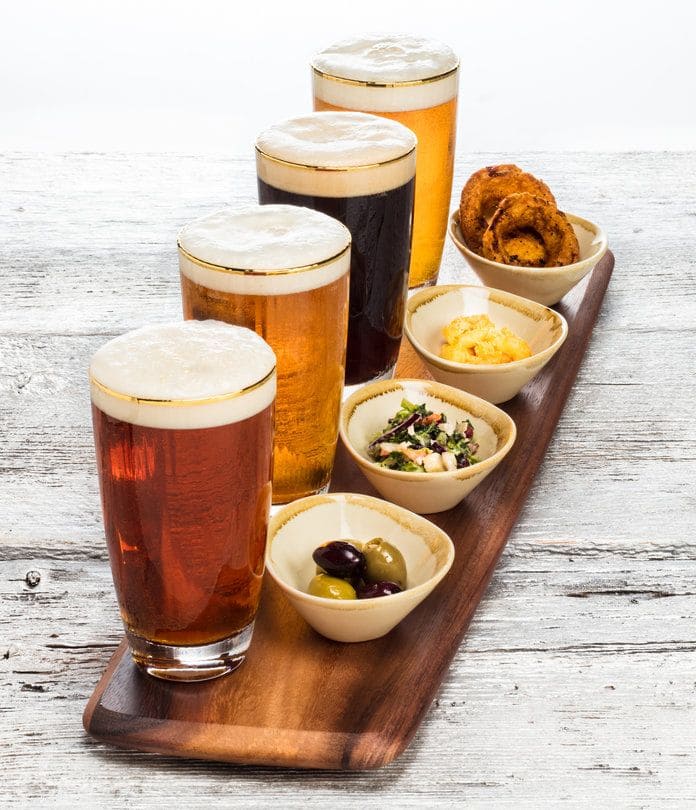
How to Make Beer Taste Better for Different Type of Beers
There are many different types of beer available, each with its own unique flavor profile. While some people may prefer a particular type of beer, others may be looking for ways to enhance the taste of their favorite brew. At this point, we will explore some tips to help you improve the flavor of different types of beer
How to make Bud Light taste better?
- Experiment with adding a slice of citrus, such as lemon or lime, to enhance the flavor.
- Try chilling the beer to a slightly lower temperature to help suppress any off-flavors.
- Consider mixing the beer with a small amount of a sweeter, flavored beverage, such as lemonade or grapefruit juice, for a more enjoyable taste.
How to make IPA taste better?
- Experiment with dry-hopping the beer to enhance the aroma and flavor of the hops.
- Consider using different types of hops, or a combination of hops, to create a more complex and enjoyable flavor.
- Try increasing the alcohol content of the beer to balance out the bitterness and create a fuller flavor.
How to make Modelo taste better?
- Experiment with adding a squeeze of lime to enhance the flavor and complement the beer’s natural sweetness.
- Consider serving the beer at a slightly cooler temperature to help suppress any off-flavors.
- Try pairing the beer with spicy or savory foods, such as tacos or grilled meats, to enhance the overall taste experience.
How to make Guinness taste better?
- Experiment with serving the beer at a slightly warmer temperature to enhance the natural sweetness and creaminess.
- Consider using a nitro pour or widget to create a smoother and creamier mouthfeel.
- Try pairing the beer with savory or sweet foods, such as chocolate or beef stew, to enhance the overall taste experience.
How to make Michelob Ultra taste better?
- Add a slice of lemon or lime to enhance the flavor and complement the beer’s lightness.
- Try serving the beer in a frosted glass to help maintain the cold temperature and enhance the drinking experience.
- Consider adding a splash of flavored sparkling water, such as grapefruit or raspberry, for a refreshing twist.
How to make Ginger beer taste better?
- Experiment with adding fresh ginger or ginger syrup to enhance the natural ginger flavor.
- Consider adding a small amount of honey or agave nectar to create a sweeter taste.
- Try serving the ginger beer with a sprig of mint or a slice of lime to enhance the overall flavor profile.
How to make light beer taste better?
- Experiment with adding a small amount of fruit juice or puree, such as peach or mango, to create a more enjoyable flavor.
- Consider adding a splash of flavored sparkling water, such as grapefruit or lemon, to enhance the drinking experience.
- Try serving the beer with a slice of citrus, such as lemon or orange, to complement the lightness of the beer.
How to make non alcoholic beer taste better?
- Experiment with adding a small amount of fruit juice or puree, such as pineapple or cranberry, to create a more enjoyable flavor.
- Consider adding a splash of flavored sparkling water, such as grapefruit or raspberry, to enhance the drinking experience.
- Try serving the beer with a slice of citrus, such as lemon or lime, to complement the natural flavors of the beer.
How to make root beer taste better?
- Experiment with adding a small amount of vanilla extract or cinnamon to enhance the overall flavor profile.
- Consider adding a small amount of honey or maple syrup to create a sweeter taste.
- Try serving the root beer with a scoop of vanilla ice cream for a classic root beer float.
How to make sour beer taste better?
- Experiment with adding a small amount of fruit juice or puree, such as raspberry or peach, to create a fruity and sour taste.
- Consider pairing the beer with salty or savory foods, such as cheese or charcuterie, to enhance the overall taste experience.
- Try chilling the beer to a slightly lower temperature to help suppress any off-flavors.
How to make stout beer taste better?
- Experiment with adding a small amount of coffee or cocoa powder to enhance the beer’s natural chocolate or coffee flavors.
- Consider adding a small amount of vanilla extract or cinnamon to create a more complex taste.
- Try pairing the beer with rich and hearty foods, such as stews or roasted meats, to enhance the overall taste experience.
How to make wheat beer taste better?
- Experiment with adding a small amount of fruit juice or puree, such as apricot or orange, to create a fruity twist.
- Consider adding a small amount of coriander or clove for a warm and spicy flavor.
- Try serving the wheat beer with a slice of citrus, such as lemon or lime, to enhance the natural flavors of the beer.
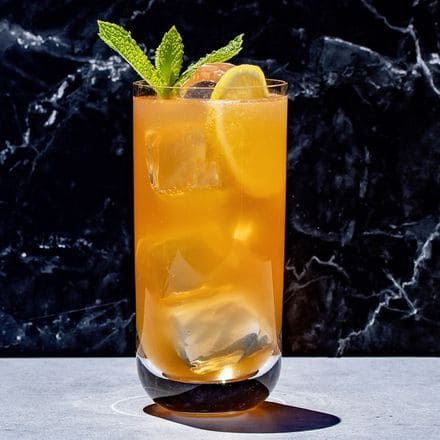
Storage and Aging
Proper storage can help maintain the flavor and quality of the beer, while aging can enhance the beer’s complexity and depth. Let’s take a look at how to store beer, the benefits and risks of aging beer, and how to age your beer properly.
Storing beer: What do you need to know?
Proper storage is critical to maintaining the flavor and quality of your beer. Here are some tips for storing your beer:
- Keep the beer cool: Heat can cause the beer to spoil, so it’s important to store it in a cool place. A temperature between 40-55°F is ideal for most beers.
- Avoid exposure to light: Light can cause beer to become “light-struck” or “skunked”, resulting in a foul odor and taste. Store your beer in a dark place, away from sunlight or fluorescent light.
- Store beer upright: Storing beer on its side can cause the beer to oxidize and go bad. Keep the beer upright to maintain its carbonation.
- Keep the beer in a stable environment: Avoid exposing the beer to temperature fluctuations or vibrations, which can impact the quality of the beer.
Aging beer: The benefits and risks
Aging beer can enhance its complexity and depth, but it’s important to note that not all beers are meant to be aged. Here are some benefits and risks of aging beer:
Benefits
- Aging can mellow out the flavors and create a smoother, more complex taste.
- Certain beer styles, such as barleywines and imperial stouts, are meant to be aged and can improve with time.
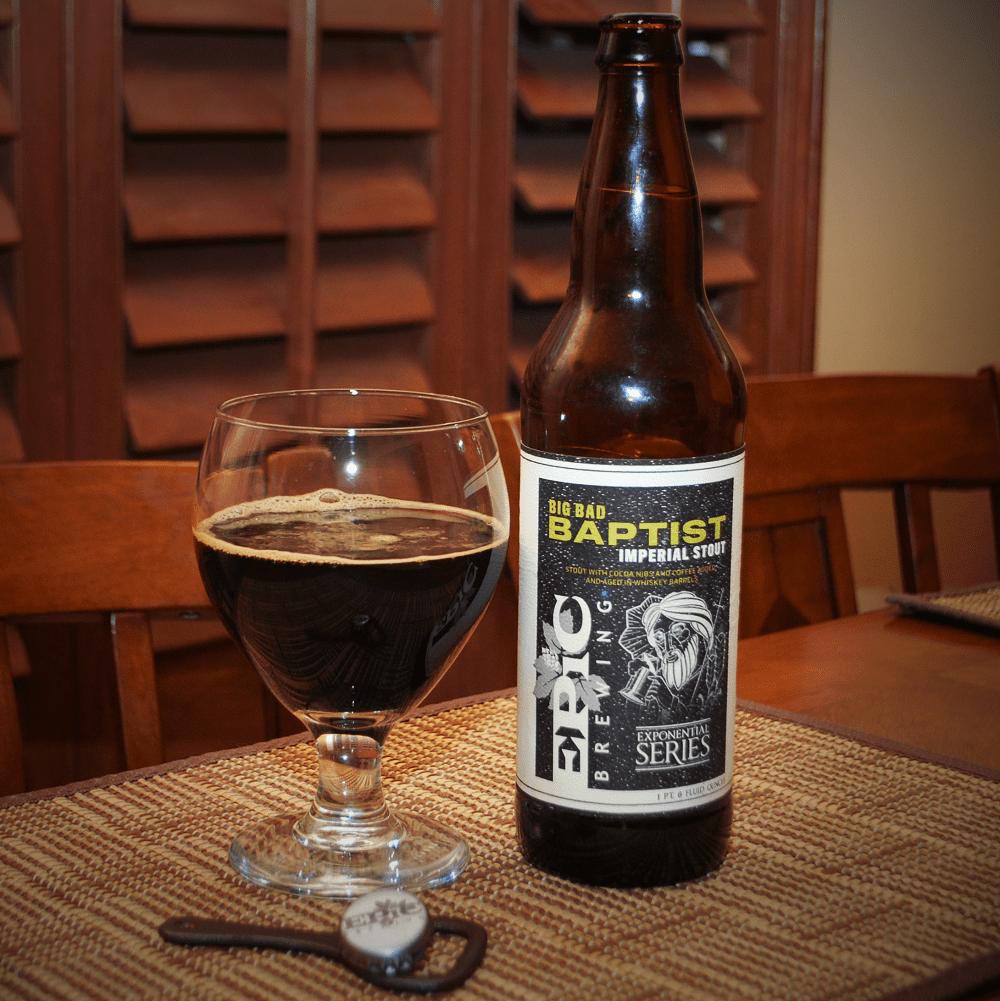
Risks
- Aging can also cause the beer to spoil or go bad if not done properly.
- Aging beer can also result in the loss of some of the beer’s original flavor and aroma.
If you decide to age your beer, it’s important to do it properly to ensure the best possible flavor and quality. Here are some tips for aging your beer:
- Choose the right beer: Not all beers are meant to be aged, so it’s important to choose the right beer for aging. Typically, beers with a high alcohol content and strong flavors, such as barleywines, imperial stouts, and Belgian-style beers, are good candidates for aging.
- Store the beer properly: Proper storage is key to aging beer. Store the beer in a cool, dark place, away from sunlight and heat.
- Check the beer periodically: It’s important to check the beer periodically to ensure it’s aging properly. Taste the beer every few months to monitor its flavor and aroma.
How to Identify and Fix Off-Flavors
Identifying and fixing off-flavors in beer is an important skill for any homebrewer or beer enthusiast. Here are some tips for identifying and fixing off-flavors:
Identifying off-flavors
- Educate yourself on common off-flavors: Understanding common off-flavors, such as diacetyl, acetaldehyde, and phenols, can help you identify them in your beer.
- Use a beer flavor wheel: A beer flavor wheel can help you identify off-flavors by categorizing them by taste, aroma, and mouthfeel.
- Taste your beer with a fresh palate: Make sure to taste your beer with a fresh palate, avoiding strong foods or beverages that can impact your ability to taste.
Fixing off-flavors
- Diacetyl: A buttery or butterscotch flavor can be caused by diacetyl. To fix it, increase the temperature of the beer and give it a diacetyl rest, allowing the yeast to clean up the off-flavor.
- Acetaldehyde: A green apple or fresh-cut grass flavor can be caused by acetaldehyde. To fix it, allow the beer to continue fermenting for a few more days to let the yeast clean up the off-flavor.
- Phenols: A medicinal or band-aid-like flavor can be caused by phenols. To fix it, sanitize your equipment properly and ensure proper temperature control during the brewing process.
- Oxidation: A stale or cardboard-like flavor can be caused by oxidation. To fix it, ensure proper bottling or kegging techniques and minimize exposure to oxygen.
- Infection: Sour or vinegar-like flavors can be caused by infection. To fix it, sanitize your equipment properly and ensure proper temperature control during the brewing process.
Troubleshooting Issues with Mouthfeel
Mouthfeel is an important aspect of beer that can greatly impact its overall flavor and enjoyment. Here are some tips for troubleshooting common issues with mouthfeel:
Thin or watery mouthfeel
- Increase the malt bill: A thin or watery mouthfeel can be caused by a lack of malt in the recipe. Increasing the amount of malt can help create a fuller mouthfeel.
- Add maltodextrin: Maltodextrin is an unfermentable sugar that can add body and thickness to beer without affecting the flavor.
- Increase the mash temperature: Mash temperature can impact the fermentability of the wort. Increasing the mash temperature can result in a less fermentable wort, creating a fuller mouthfeel.
Thick or chewy mouthfeel
- Decrease the malt bill: A thick or chewy mouthfeel can be caused by too much malt in the recipe. Decreasing the amount of malt can help create a less dense mouthfeel.
- Decrease the mash temperature: A lower mash temperature can result in a more fermentable wort, creating a thinner mouthfeel.
- Use a less attenuative yeast strain: Yeast strains can impact the final gravity and mouthfeel of the beer. Using a less attenuative yeast strain can result in a less dry beer with a thicker mouthfeel.
Astringency
- Avoid over-sparging: Over-sparging can extract tannins from the grain, resulting in astringency. Avoid sparging for too long or with water that’s too hot.
- Control the pH: High pH levels can also extract tannins from the grain, resulting in astringency. Use a pH meter or pH strips to monitor the pH during the brewing process.
- Use the right hops: Some hops can add astringency to beer. Choose hops with a lower alpha acid content and avoid using too much.
FAQs
Can I use tap water to brew my beer?
Yes, you can use tap water to brew your beer. However, it’s important to check the quality of your tap water, as it can contain minerals or chemicals that can affect the flavor of your beer. Some brewers choose to use filtered or bottled water to ensure the best possible results.
What’s the best type of malt for beginners?
Pale malt is a great choice for beginners, as it’s a versatile and easy-to-use malt that can create a range of beer styles. It’s also readily available at most homebrew stores and online retailers.
Can I reuse yeast from a previous batch of beer?
Yes, you can reuse yeast from a previous batch of beer. This is known as yeast harvesting and can save you money on purchasing new yeast for each batch. It’s important to properly clean and sanitize your equipment to avoid contamination.
How to make beer taste sweet?
Adding a small amount of honey, maple syrup, or fruit juice during the brewing process can create a sweet flavor in your beer. You can also experiment with using different types of malts, such as crystal malt or chocolate malt, to create a sweeter taste.
Why does salt make beer taste better?
Salt can enhance the flavor of beer by reducing bitterness and bringing out other flavors. It can also help to balance out the sweetness of some beer styles.
Will I ever get used to the taste of beer?
It’s possible to develop a taste for beer over time, especially if you try different styles and flavors. It’s important to start with milder beers and work your way up to more complex styles as your palate adjusts.
Why is the first sip of beer so good?
The first sip of beer can be particularly enjoyable due to the anticipation and excitement of trying a new or favorite beer. It can also be due to the beer’s carbonation and cold temperature, which can create a refreshing and invigorating sensation.
What is a good beer for beginners?
Some good beer styles for beginners include pale ales, lagers, and wheat beers. These styles are generally milder and more approachable, with a range of flavor profiles to suit different tastes.
Which is the sweetest beer?
The sweetest beer is subjective and can vary depending on personal taste and the beer style. However, some beer styles that are known for their sweetness include fruit beers, Belgian Dubbels, and Milk Stouts. Be aware that too much sweetness in beer can overpower other flavors and lead to an unbalanced taste.
Which is the smoothest beer?
The smoothest beer can also vary depending on personal taste and the beer style. Generally, beers with a lower ABV, such as lagers and wheat beers, are smoother and easier to drink. Cream ales, Irish red ales, and English mild ales are also known for their smoothness. Additionally, beers that use nitrogen instead of carbon dioxide, such as Nitro Stouts, can create a smoother mouthfeel.
Conclusion
In conclusion, learning how to make beer taste better is a worthwhile endeavor for any beer enthusiast. From understanding the primary taste components of beer to selecting the right ingredients, brewing techniques, aging and conditioning, and serving beer for optimal taste, there are several factors that can significantly impact the flavor of your beer. By implementing the tips and techniques outlined in this comprehensive guide, you can enhance the flavor and overall drinking experience of your beer. Cheers to making delicious and satisfying beer that you can truly enjoy!
I’m Chen Mina, from Vol de Nuit, who has a special passion for bartending, especially mixing wine, beer, and cooktail. Here you will find content about alcoholic beverages, I will bring you knowledge that few people know about this drink.

